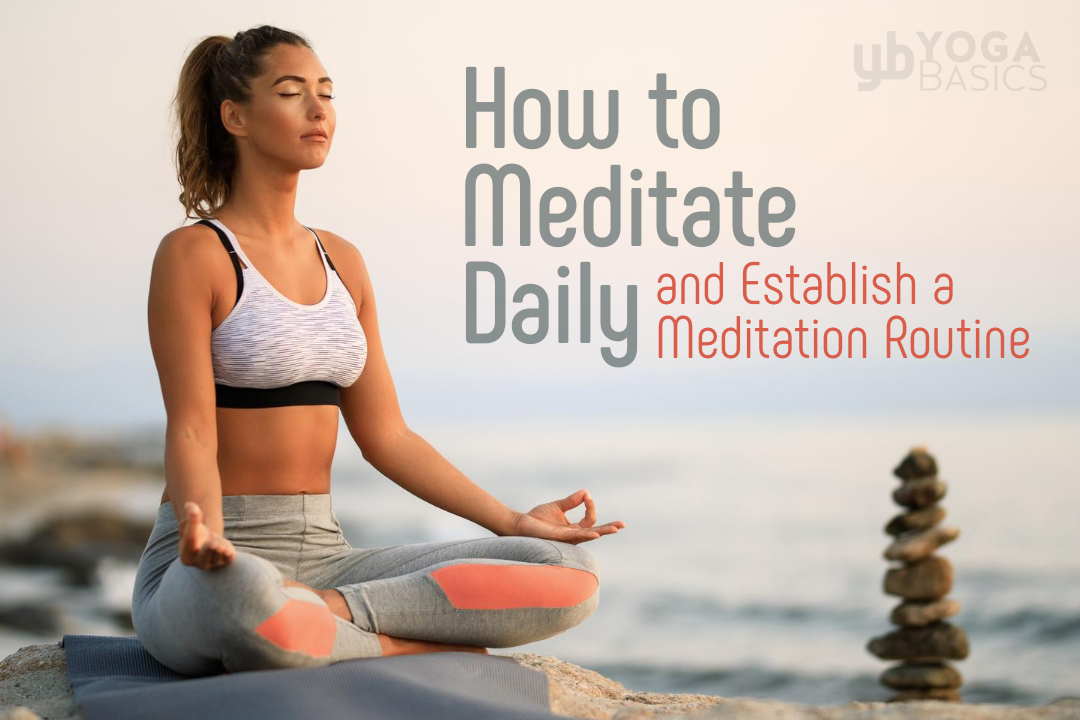10 Powerful Meditation Techniques to Try Today
Meditation is a powerful tool to quiet the mind, reduce stress, and improve mental clarity. It’s been practiced for thousands of years, and today, people all around the world use various techniques to enhance their well-being. If you’re new to meditation or looking to mix things up, here are 10 powerful techniques to try today:
1. Mindfulness Meditation
Mindfulness meditation involves paying attention to the present moment without judgment. It’s about being aware of your thoughts, feelings, and sensations as they arise. Sit comfortably, close your eyes, and focus on your breath. When your mind starts to wander, gently bring it back to your breathing.
Why Try It: Mindfulness helps you to become more aware of your emotions and thoughts, leading to better stress management and emotional regulation.
2. Loving-Kindness Meditation (Metta)
Loving-kindness meditation is focused on cultivating feelings of compassion and love, both for yourself and others. You silently repeat phrases like, “May I be happy, may I be healthy,” and then extend those wishes to loved ones, acquaintances, and even those you may have difficulty with.
Why Try It: This technique promotes feelings of warmth and connection and has been shown to reduce negative emotions like anger and anxiety.
3. Guided Meditation
Guided meditation involves following along with a meditation teacher or recording. These meditations often involve visualization, body scans, or relaxation techniques. The guide will help direct your attention and take you through the process.
Why Try It: Perfect for beginners, guided meditation helps you focus and can lead you through specific themes like stress reduction, relaxation, or healing.
4. Body Scan Meditation
In body scan meditation, you systematically pay attention to different parts of your body, noticing any sensations or areas of tension. Start from your toes and slowly work your way up to the crown of your head.
Why Try It: This practice helps you become more aware of your physical state and can promote deep relaxation and reduce physical tension.
5. Transcendental Meditation
Transcendental Meditation (TM) is a simple technique where you repeat a specific mantra for 15–20 minutes twice a day. The mantra is a sound or word that helps quiet your mind and induce a restful yet alert state of awareness.
Why Try It: TM has been scientifically shown to reduce stress, improve focus, and promote a sense of deep relaxation and contentment.
6. Chakra Meditation
Chakra meditation focuses on the seven energy centers (chakras) in the body. By visualizing colors or using sounds associated with each chakra, you can work to balance the energy flow and promote harmony within.
Why Try It: It’s great for those interested in exploring spiritual healing and self-awareness. Chakra meditation is believed to help balance both the physical and emotional aspects of your life.
7. Zen Meditation (Zazen)
Zen meditation, also known as Zazen, is a seated meditation technique that focuses on breath and posture. It involves sitting in a specific posture (usually cross-legged) and focusing on your breathing or observing your thoughts without attachment.
Why Try It: Zen meditation emphasizes simplicity and can help improve focus, mental clarity, and a deeper sense of presence in your life.
8. Breath Awareness Meditation
This technique focuses solely on your breath. You simply observe your inhales and exhales, noticing the sensations of breathing without attempting to change it. You can count your breaths if it helps maintain your focus.
Why Try It: It’s excellent for calming the nervous system and reducing anxiety. Breath awareness can be practiced anywhere, making it a practical technique for stress management.
9. Sound Meditation (Nada Yoga)
Nada Yoga or sound meditation uses music, chanting, or other sound vibrations to induce a state of relaxation and concentration. You can use instruments like singing bowls, gongs, or simply listen to calming sounds or mantras.
Why Try It: The vibrations of sound can have a powerful impact on your energy and emotional state. This type of meditation can be deeply relaxing and healing.
10. Yoga Nidra (Yogic Sleep)
Yoga Nidra is a form of guided meditation that induces a state of conscious relaxation. In this practice, you lie down in a comfortable position while a teacher guides you through deep relaxation techniques, body scans, and visualizations.
Why Try It: It is known for its ability to relax the body and mind deeply, promoting restorative rest. Great for those who struggle with sleep or want a powerful relaxation experience.
Conclusion:
Meditation is a versatile practice that can be tailored to your personal needs, whether you’re looking to relax, increase focus, or connect more deeply with yourself. By trying these techniques, you can discover what works best for you and make meditation an empowering part of your daily routine. Whether you practice for 10 minutes or an hour, the benefits are worth exploring.
Remember: meditation is a personal journey—be patient and kind with yourself as you begin to explore these transformative techniques!
Think of these techniques as mental software updates. Some you’ll love, others you’ll delete—and that’s okay. The goal isn’t perfection; it’s progress.
Your Challenge: Pick one technique and try it today. Notice the subtle shifts: a slower heartbeat, a clearer thought, a deeper breath.
Craving more? Dive into our treasure trove of mindfulness resources at Venzec.icu. Remember: The best meditation is the one you actually do.

